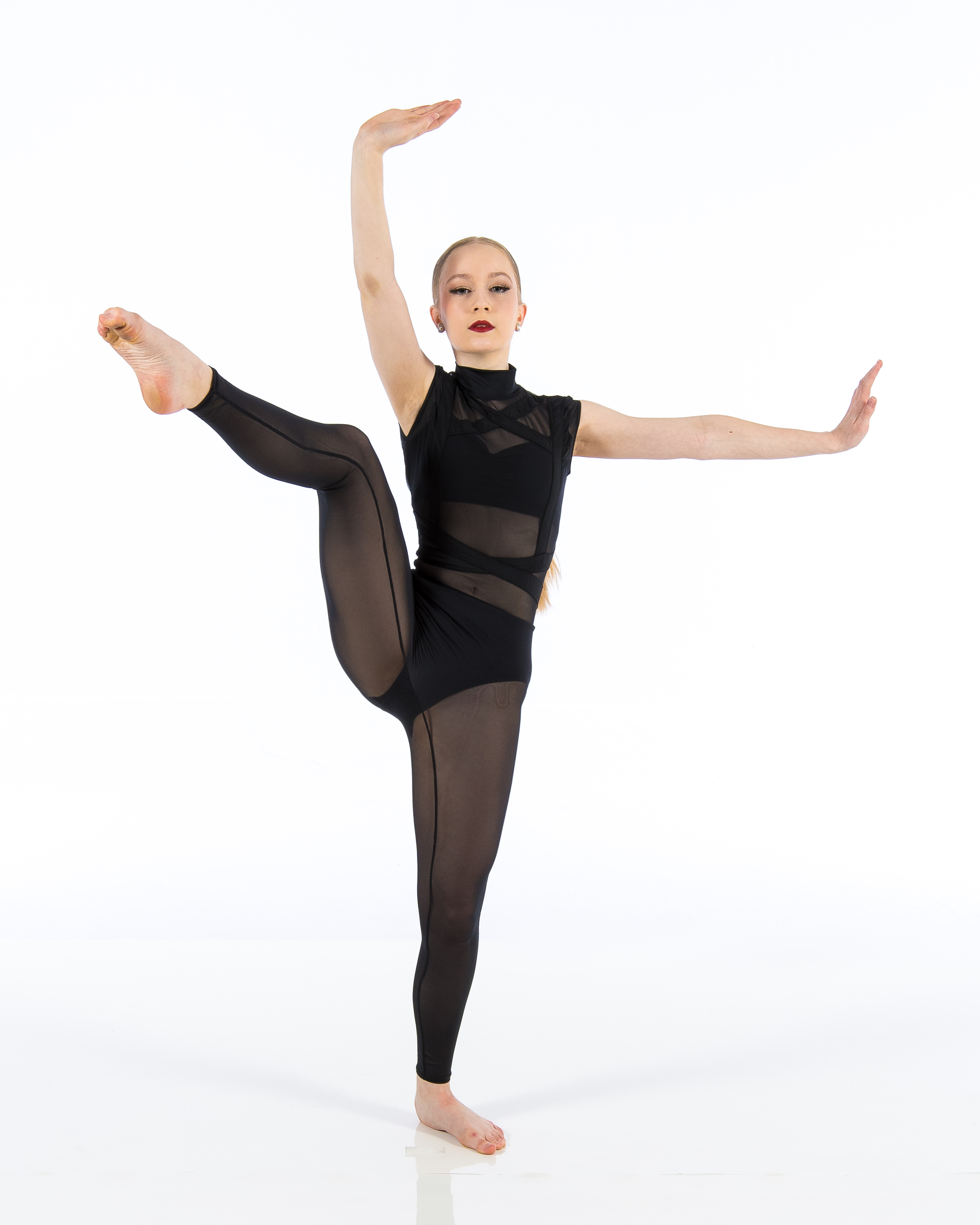Introduction
Dancing is an art form that transcends mere movement; it embodies emotion, storytelling, and physical expression. For dancers, the right gear can elevate their performance and unlock their full potential. Whether you're a seasoned performer or just starting your journey in a dance studio, having the essential gear is key to enhancing your skills and ensuring comfort. In this article, we will delve into the indispensable items every dancer should consider, exploring how they contribute to a successful and fulfilling dance journey.
Unlocking Potential: Essential Gear for Every Dancer’s Journey
As dancers step into their craft, they often seek ways to unlock their potential. The right gear plays a pivotal role in this process. From shoes that fit like a glove to attire that allows for maximum flexibility, the choices dancers make can influence Dance Studio Tigard both their performance quality and overall enjoyment of dance.
dance lessons at Newberg studio1. Dance Shoes: The Foundation of Movement
Choosing the Right Dance Shoes
Dance shoes are arguably the most critical piece of gear for any dancer. They not only provide necessary support but also enhance movement and allow for better footwork. When selecting dance shoes, consider:

- Type of Dance: Different styles require different shoes. Ballet dancers need soft or hard ballet slippers; jazz dancers may opt for slip-on jazz shoes; while ballroom dancers prefer elegant heels. Fit: Shoes should fit snugly without pinching or causing discomfort. A good rule of thumb is to have a thumb's width between your longest toe and the end of the shoe. Material: Leather offers durability but requires breaking in, while canvas provides breathability.
Shoe Care Tips
Keeping your shoes in good condition extends their lifespan:
- Clean them regularly to remove dirt. Store them away from direct sunlight to prevent fading. Rotate multiple pairs if possible.
2. Dance Attire: Comfort Meets Style
Importance of Proper Dance Clothing
The right attire allows dancers freedom of movement while also reflecting personal style. Comfortable clothing enhances performance by preventing distractions during practice or performances.
Types of Dance Wear
Different genres come with varying attire requirements:
- Ballet: Tights, leotards, and tutus. Hip-Hop: Loose-fitting tops and joggers. Contemporary: Flowing fabrics that allow full range.
3. Accessories That Enhance Performance
Hair Accessories: Keeping It Together
For many dancers, hair management is crucial during performances. Hair ties, clips, and headbands help keep hair secure:
- Choose accessories that match your outfit. Ensure they are comfortable enough for extended wear.
Makeup Essentials for Stage Presence
Stage makeup enhances facial expressions under bright lights:
- Opt for waterproof formulas to withstand sweat. Focus on bold eye makeup as it enhances features from a distance.
4. Protective Gear: Safety First!
Injury Prevention Through Gear Selection
Dancers are at risk for various injuries without proper protective equipment. Consider investing in supportive gear:
- Ankle braces Knee pads Arch supports
5. Warm-Up Essentials: Prepping Your Body
Importance of Warming Up Before Dancing
A proper warm-up reduces injury risk while preparing muscles for strenuous activity:
Recommended Warm-Up Items: | Item | Purpose | |---------------|-----------------------------------| | Foam rollers | Muscle relaxation | | Resistance bands | Flexibility improvement | | Stretching mats | Comfort during stretching |
6. Hydration Gear: Staying Refreshed
Why Hydration Matters in Dance?
Staying hydrated is vital during intense sessions at the dance studio:
Recommended Hydration Options:
Water bottles with insulation Electrolyte drinks Infused water recipes7. Personal Touches: Branding Your Dance Journey
Customizing Your Gear
Personalization adds flair and serves as motivation:
- Custom embroidery on bags or jackets Stickers on water bottles
8. The Importance of Quality Over Quantity
When investing in gear, prioritize quality over quantity to ensure longevity and effectiveness.
FAQs
Q1: What type of dance shoes should I buy as a beginner?
A1: Beginners are advised to start with versatile shoes suited for various styles such as ballet slippers or jazz shoes.
Q2: How do I determine my correct size in dance shoes?
A2: It's best to try on several pairs in-store since sizing can vary by brand; measure both feet as one might be larger than the other.
Q3: Are there specific brands known for quality dance gear?
A3: Yes! Brands like Bloch, Capezio, and Sansha are well-respected within the dance community.
Q4: What should I wear to class if I'm unsure about my style?
A4: Opt for fitted clothes that allow freedom of movement—think leggings paired with tank tops.
Q5: How often should I replace my dance shoes?
A5: This depends on usage; however, it's advisable to replace them every 6 months or when you notice decreased support or comfort.
Q6: Can I use regular athletic wear for dancing?
A6: While some athletic wear may suffice, investing in specialized dance attire will enhance your experience significantly.
Conclusion
In conclusion, unlocking potential as a dancer goes beyond talent; it encompasses making informed choices about essential gear that supports growth and performance excellence. From carefully selecting footwear tailored to your style to opting for appropriate attire that boosts confidence—every detail counts in this artistic journey.
Whether you're rehearsing at home or showcasing your skills at a prestigious venue, remember that each piece of gear contributes not just functionally but also emotionally—serving as reminders of dedication and passion in every leap taken across the floorboards of your chosen dance studio.
With these insights into essential gear under your belt (or tutu), you’re one step closer to realizing your fullest potential as a dancer!